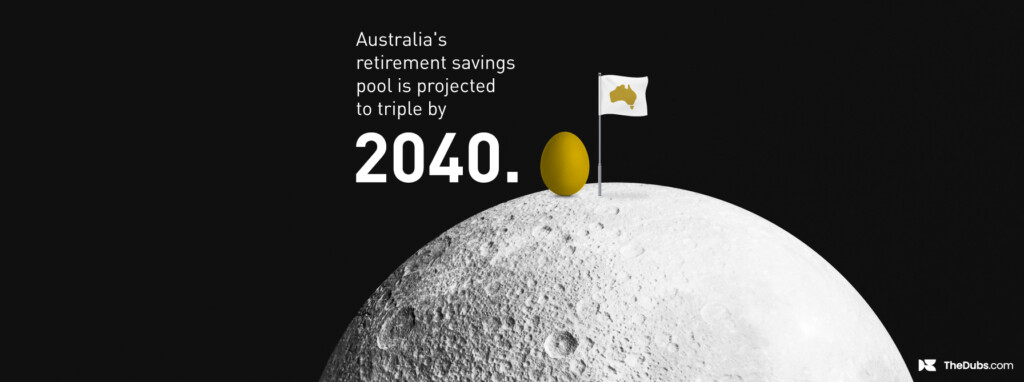South East Asia has a booming digital economy with over 400 million internet users. In fact, internet users in South East Asia are set to continue growing by 3.1% in 2022, making it the second fastest growing region in the world. Digital marketing in South East Asia is critical for finance brands who want to generate leads, build brand awareness and convert clients. Here we explain three ways your finance brand can nail digital marketing in South East Asia.
Understanding the region
The key to nailing digital marketing in South East Asia is understanding that the region is diverse. Comprising ten individual countries, culture, internet access and technology are at all different stages across the region. Understanding each country’s internet user demographics will help enable your finance brand to create tailored content that reaches our target market.
Below are some things your finance brand needs to consider when creating a digital marketing strategy for South East Asia:
- Vietnam and Indonesia have the youngest internet user population
- Brunei and Singapore have a more mature and richer internet population
- Myanmar, Laos and Cambodia currently has an emerging internet economy that’s growing rapidly
- Malaysia, Thailand and the Philippines have a large internet user base with most users aged between 15-24
To do financial marketing well in South East Asia, it’s important to remember that a one-size-fits-all approach won’t work. You need to carefully consider each country’s individual characteristics and provide marketing content that’s tailored to them.
Three ways to nail digital marketing in South East Asia
To get your digital marketing strategy right, your finance brand needs to understand the nuances of the different communities within each country. South East Asia is a diverse region that requires a diverse financial marketing strategy.
In 2022, the smartphone reigns supreme and is vital to users accessing the internet. This year, around 88% of internet users will be accessing it via their smartphones, with smartphone penetration ranging from a high of 98.8% in Thailand to a low of 81.7% in the Philippines.
“ There are over 400 million internet users in South East Asia, which is set to grow a further 3.1% in 2022. ”
This is important to keep in mind for finance brands, as you need to not only ensure your website is mobile-friendly, but you’re also creating marketing content specific to mobile users. A focus on social media and optimising the customer journey to account for the greater use of smartphones is critical to nailing digital marketing in South East Asia.
In terms of digital content marketing, there are a few things to consider to get it right:
- Local language dominates – Investing time and resources into creating hyper-local content that utilises the local language of each country will enable your finance brand to form meaningful relationships and build trust and brand awareness.
- Create content that resonates with the values of the community – Tapping into the cultural and dominant values of each community will ensure your content resonates with audiences and forms authentic connections.
- Traditional media should be a part of a multichannel marketing approach – While digital content is dominant, traditional media remains a highly trusted source for many people living in the South East Asia region. To truly make an impact and make your finance brand a household name, integrating traditional media strategies into your overall financial marketing strategy will give you a competitive edge and ensure your content reaches a wider audience.
What finance brands can learn from marketing in South East Asia
Overall, digital marketing in South East Asia is a lesson in creating content that’s tailored to specific demographics. A one-size-fits-all approach isn’t effective and it’s critical your finance brand understand the unique qualities and nuances of each community in the region.
To truly make an impact in South East Asia and generate leads, your finance brand needs to consider not only the cultural diversity but also how each user accesses the internet and digital content.









